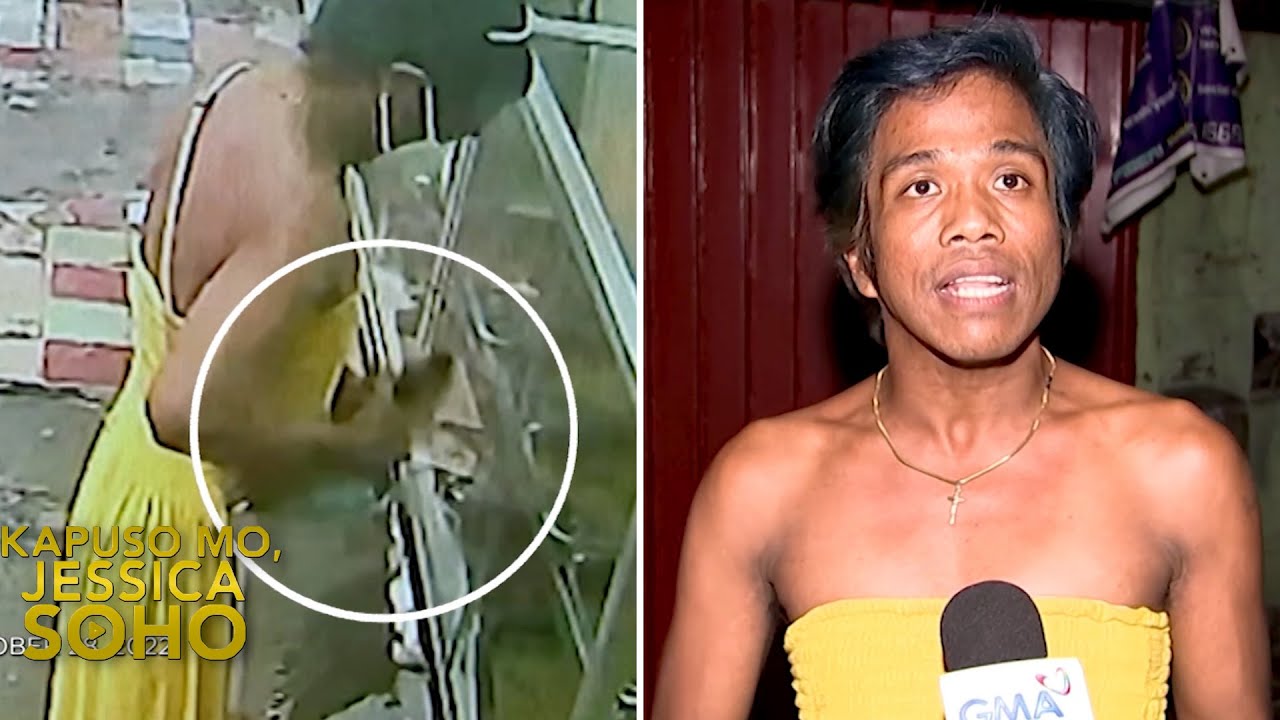Instrução Criminal-7- 0028418-76.2016.8.12.0001
Summary
TLDRIn this legal hearing, Andrew Diego Torquet is accused of theft and burglary for stealing various items from a business. He confessed to the crime but discrepancies between his statements and evidence complicate the case. The prosecution seeks conviction, citing the confession and recovered stolen goods, while the defense challenges the burglary qualification, arguing insufficient proof of forced entry and suggesting the crime be reclassified as attempted theft. The defense also contests the peaceful possession of the items and calls for an acquittal due to weak evidence.
Takeaways
- 😀 The defendant, André Diego Torquet, was charged with theft under Article 155, Paragraph 1 of the Penal Code for breaking into a business and stealing items.
- 😀 The stolen items included three notebooks, a black leather bag, three cell phones, and a charger, which were recovered shortly after the crime.
- 😀 The defendant admitted to committing the theft but was inconsistent in his recollection of how the break-in occurred, including not recalling whether he used tools to enter.
- 😀 Witness testimonies, including from the police and the business owner, confirmed the break-in and the subsequent recovery of the stolen items from the defendant.
- 😀 The defense argued that there was insufficient evidence to support the charge of breaking and entering and requested the theft be classified as attempted theft.
- 😀 The defense also claimed that the stolen items were not possessed 'peacefully,' as the defendant was apprehended a block away from the crime scene, suggesting a lack of 'tranquil possession.'
- 😀 The defense further contested the use of the break-in qualifier, as no forensic examination confirmed the forced entry, only witness testimonies.
- 😀 The defendant's confession was seen as incomplete and inconsistent, failing to match the testimonies or provide specific details about the crime scene.
- 😀 The prosecutor argued that the confession, combined with the recovery of the stolen goods, provided sufficient proof of the defendant's guilt, maintaining the theft was complete under the qualifying criteria of forced entry.
- 😀 The legal debate focused on whether the lack of forensic evidence to confirm the forced entry could lead to a downgraded charge, with the defense suggesting that the crime should be considered as an attempted theft rather than a completed one.
Q & A
What crime is being discussed in the transcript?
-The crime discussed is burglary (theft through breaking and entering) committed by the defendant, Henry Diego Torquet, on July 10th of the year, at a business called Copini located at Pedro Celestino Street.
How did the defendant, Henry Diego Torquet, commit the burglary?
-The defendant entered the business by breaking the front gate and the lateral door, then stole three notebooks, a leather notebook bag, three cell phones, and a charger.
What was the defendant’s behavior when he was approached by the police?
-Upon being approached by the police, the defendant admitted to the theft and provided information about where the stolen items were hidden.
Was the defendant alone when committing the theft?
-Yes, the defendant admitted to committing the theft alone and did not mention the involvement of any accomplices.
How were the stolen objects recovered?
-The stolen items were recovered by the police shortly after the defendant was apprehended. Some of the items, like the notebooks, were found hidden in a nearby area, while others like the cell phones were found in the defendant's possession.
Did the defendant use any tools to break into the business?
-The defendant was found in possession of a flathead screwdriver, which could have been used to break into the business. However, there was no clear indication that he used it for the specific entry method.
What was the role of the security monitoring system at the business?
-The business had a security monitoring system in place. When the defendant broke into the premises, the alarm was triggered, which notified the security company, and they alerted the police.
Did the defendant have a history of previous convictions?
-Yes, the defendant had a prior conviction for robbery and had been sentenced to two years and five months in prison, but he was released prior to the current incident.
What did the defense argue in the case?
-The defense argued that the evidence against the defendant was not sufficient and that the defendant’s confession was not supported by other strong evidence. They requested the defendant's acquittal, or at least a classification of the crime as attempted theft rather than a completed theft.
What was the prosecution's position on the case?
-The prosecution maintained that the defendant's confession, along with the testimony from the witnesses and the recovery of the stolen items, confirmed the defendant’s involvement in the burglary. They requested the defendant’s conviction for theft with the aggravating circumstances of breaking and entering.
Outlines

This section is available to paid users only. Please upgrade to access this part.
Upgrade NowMindmap

This section is available to paid users only. Please upgrade to access this part.
Upgrade NowKeywords

This section is available to paid users only. Please upgrade to access this part.
Upgrade NowHighlights

This section is available to paid users only. Please upgrade to access this part.
Upgrade NowTranscripts

This section is available to paid users only. Please upgrade to access this part.
Upgrade Now5.0 / 5 (0 votes)





